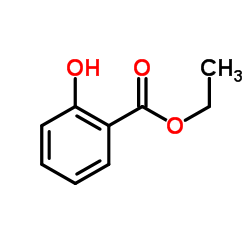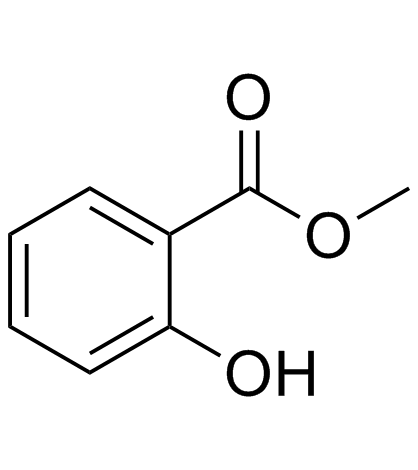| Structure | Name/CAS No. | Articles |
|---|---|---|
 |
Ethyl salicylate
CAS:118-61-6 |
|
 |
Dihydrocapsaicin
CAS:19408-84-5 |
|
 |
Methyl salicylate
CAS:119-36-8 |
|
 |
2-Hydroxyethyl salicylate
CAS:87-28-5 |